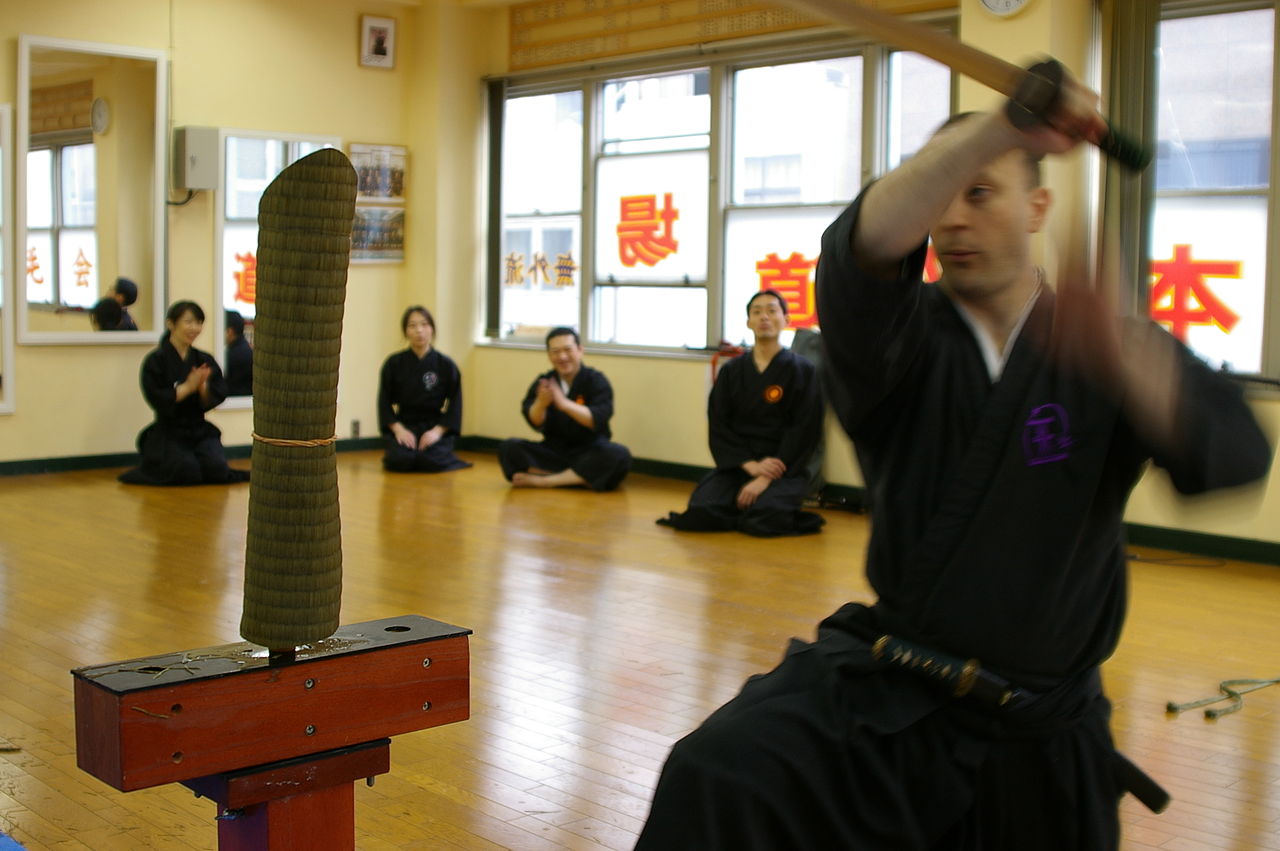Votre panier est vide


Did you know there's a Japanese martial art specifically for using the sword? Known as tameshigiri, it's evolved into one of the country's leading martial arts. In this post, we're going to take a closer look at tameshigiri, revealing some fun and interesting facts.
#1) It Originated During the Edo Period
It's believed that tameshigiri originated sometime during Japan's Edo period (1603 to 1868). Assuming this is correct, it means tameshigiri is more than 400 years old. Back then, swordsmiths would ask samurai warriors to test their newly created swords on practice targets. This became so common, however, that it later evolved into a new form of martial arts, tameshigiri.
#2) It's Now Performed to Test the Swordsman's Abilities
As previously stated, tameshigiri was initially done to test new swords. The only way to tell if a new sword was an effective cutting weapon was by testing it. Therefore, samurai warriors would use them to cut practice targets. Today, however, tameshigiri has transitioned to test the swordsman's abilities rather than the sword.
#3) Four Primary Cuts
Tameshigiri encompasses four specific types of cuts: the downward and diagonal cut; the upward diagonal cut; the horizontal cut; and the straight cut. Each cut requires a completely unique approach. Therefore, practitioners of tameshigiri must learn the nuances of each cut and how to perform them.
#4) Downward Diagonal is Easiest Cut for Vertical Targets
Of the four primary cuts, the downward diagonal is said to be the easiest for cutting vertical targets, such as bamboo. It allows the practitioner to make an optical 30-degree to 50-degree cut for maximum efficiency.
#5) Horizontal Cuts are The Most Difficult
The downward diagonal is the easiest cut to perform, while the upward diagonal is the second easiest, followed by the straight downward cut. The most difficult cut of tameshigiri is the horizontal cut, which essentially involves making a sideways slash. It's a somewhat awkward and unnatural cut to perform. Because of its difficultly, however, the horizontal cut has become a mainstay of Japanese tameshigiri.
#6) Rolled Tatami Omote is the Most Common Target
In the past, samurai warriors would test new swords on a variety of materials. Today, however, the most common target used in tameshigiri is rolled tatami omote, which is the same material used in the top layer of Japanese flooring. Depending on the school, the tatami omote may be soaked in water to increase resistance and subsequently make it more difficult to cut.